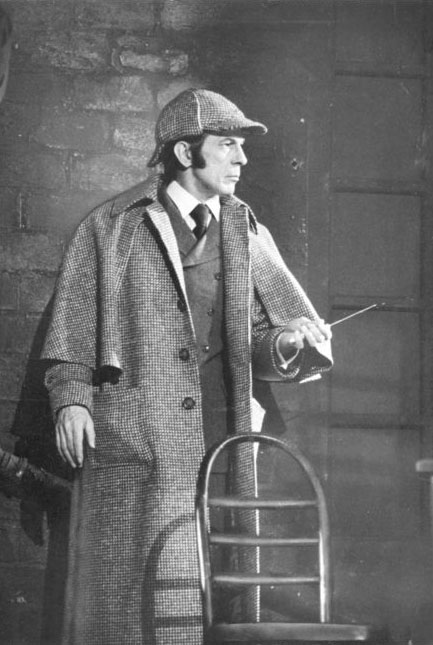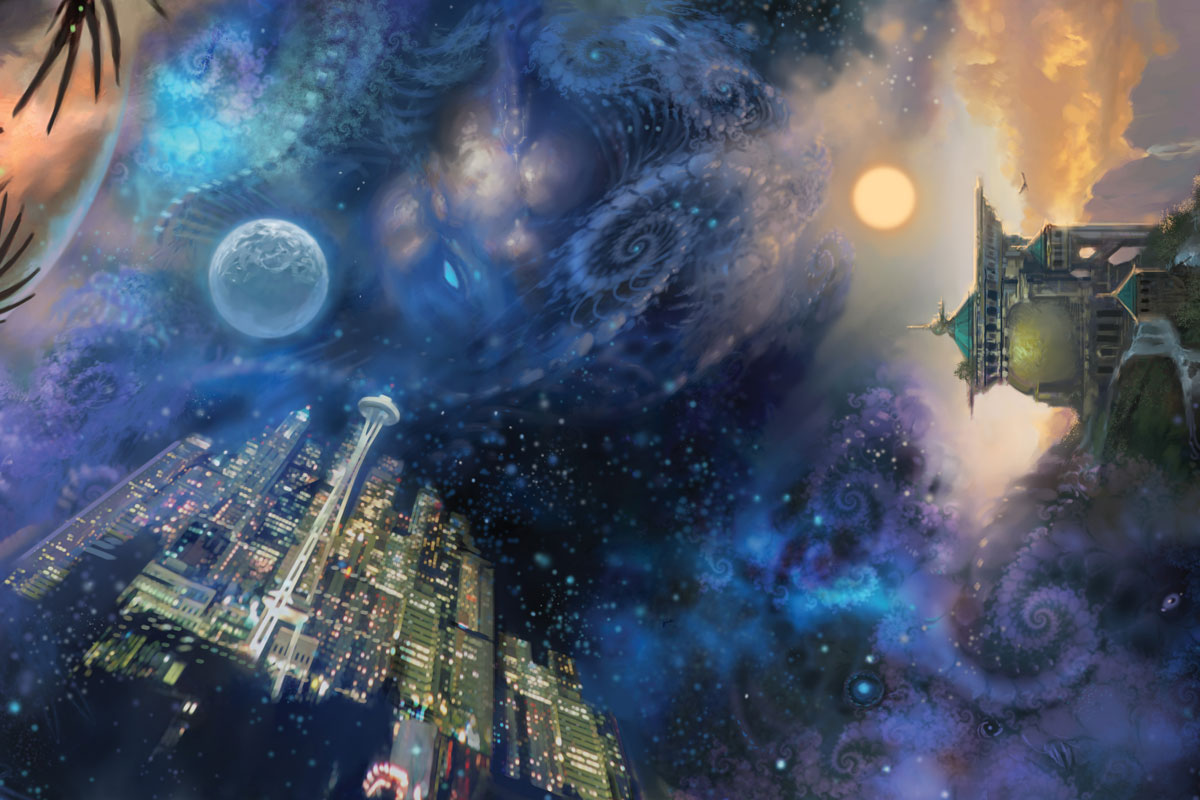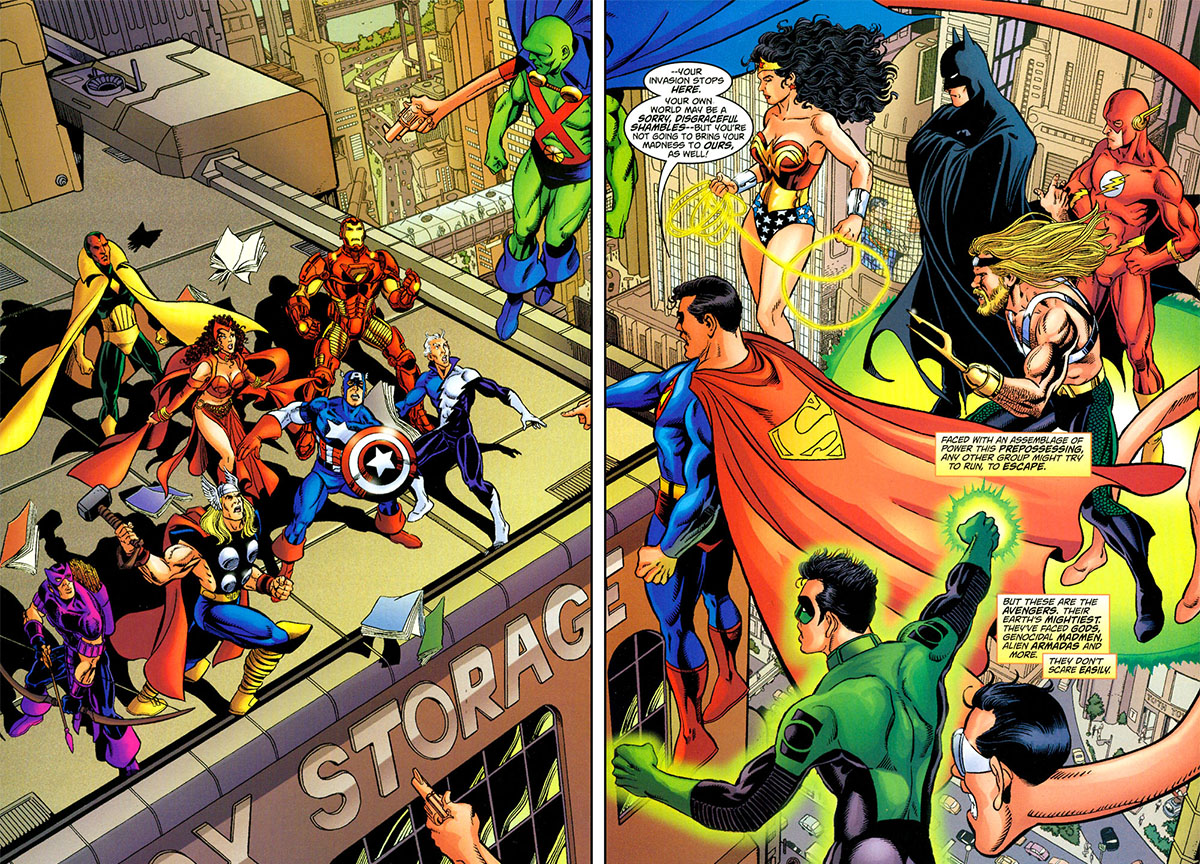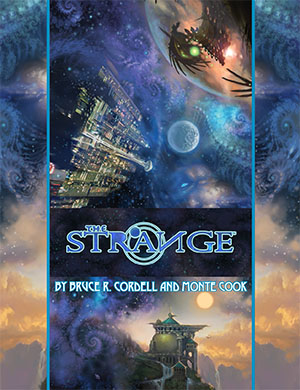In Bruce R. Cordell’s The Strange, Earth is surrounded by a miasma of dark energy which, according to the best guess of Carter Morrison (who most prominently discovered it), is the broken remnant of an ancient interstellar transportation network created by some vast alien civilization. In its current state, the dark energy network — which Morrison dubbed the Strange and others refer to as the Chaosphere — is drawn to sentient life. Where there are large concentrations of sentient life (like, say, a planet with 7 billion people living on it), the dark matter clumps thickly.
Once gathered in sufficient quantity, the Strange will begin to manifest “recursions” or “limited worlds”. (Whether this was an original, intended function of the dark energy network or an emergent property of its current state is unclear.) Each recursion is a tiny universe, operating according to its own rules of reality. They are something like a computer simulation, but it appears that the data network of the Strange actually manifests them as a physical reality. Most recursions are “seeded” through a process referred to as “fictional leakage”: The Strange manifests the collective subconscious of humanity as physical realities within its matrix. This means that, within the recursions clustered around Earth, you can find worlds based on historical mythology, pop culture, conspiracy theories, television shows, massive multiplayer online roleplaying games, and basically any other memetic clustering of ideas.
FICTIONAL LINKAGE
Not to be confused with fictional leakage is the concept of fictional linkage. Fictional linkage occurs when the Strange’s manifestation of the collective subconscious causes multiple recursions to spontaneously interact with each other.
Perhaps the most basic (and common) form of fictional linkage is the crossover. For example, there is known to be at least one recursion based on the Marvel superheroes and several recursions based on the DC superheroes. It is not unusual at all for inapposite gates to manifest as part of the recursive reality in those limited worlds, linking them together and allowing for crossover team-up scenarios to play out.
A slightly more unusual form of fictional linkage is the visitation. Take, for example, the recursion of the USS Enterprise. This recursion is actually limited almost entirely to the ship itself. (In fact, its internal architecture is, as a result of non-Euclidean geometry, mostly dominated by the major sets that were built for the TV show.) The rules of the recursion frequently generate planets for the ship to “stop” at, but in some cases the ship is actually reaching planets through fictional linkage — it arrives in “orbit” around a science fiction planet that’s actually a separate recursion.
The Enterprise is also a good example of context collision, which occurs when fictional linkage results in one or both recursions involved in the linkage having its reality shifted to  become consistent with the context of the other. For example, the Enterprise might appear in “orbit” above the 221B Baker Street recursion (see pg. 253 of The Strange). For the duration of the linkage, 221B Baker Street would “become” an alien planet where the natives worship the Holy Books of Doyle. (One of them Arthur Conan, the other a book of card game rules.)
become consistent with the context of the other. For example, the Enterprise might appear in “orbit” above the 221B Baker Street recursion (see pg. 253 of The Strange). For the duration of the linkage, 221B Baker Street would “become” an alien planet where the natives worship the Holy Books of Doyle. (One of them Arthur Conan, the other a book of card game rules.)
That particular context collision is likely to occur with the Enterprise because that sort of thing is part of the fictional consciousness of Star Trek (see “Piece of the Action”). But you would be unlikely to see a Star Destroyer from Star Wars appear in orbit around 221B Baker Street, because that’s not the sort of thing that happens in Star Wars. (On the other hand, you might see a pair of Jedi show up on the relatively new recursion of Pandora because that world is potentially more consistent with Star Wars-derived recursions.)
LINKAGE FALLOUT
For the residents of a recursion, a fictional linkage is often unremarkable: The inapposite gate that allows Spider-Man and Superman to meet is contextualized within the reality of their existence.
Context collisions, on the other hand, can often trigger sparks (granting full sentience and consciousness to a recursion’s resident as their worlds no longer make sense and they aren’t sure why, but are compelled to figure it out) and even quicken existing sparks.
In some cases, fictional linkages become permanent realignments with the two formerly separate recursions becoming a single recursion. The Estate has noticed that this is most common among “micro-melange” recursions; i.e., smaller recursions that are based around a melange of fictional tropes and beliefs on Earth (as opposed to mimicking a specific piece of fiction or mythology). One theory is that some of the larger “mature melange” recursions (those which have grown to become complete worlds as opposed to smaller “shard” recursions which only contain a single city or region) are actually the accretion of multiple micro-recursions which have become joined through fictional linkage.
















Some context collisions are particularly dangerous and prone to permanent realignment. For example, there are a large number of zombie apocalypse recursions. This is partially due to the popularity of the genre (and its variants) on Earth at the moment, but the Estate has also found evidence that a significant number of formerly non-apocalyptic recursions have literally suffered a zombie apocalypse due to linkage-related infection.
You may already know this, but the guy who wrote the book of card games was Hoyle.
I take it the concept of fictional linkage is your original creation? I don’t find any mention of it in the corebook, but I haven’t read any of the supplements yet.
When you mention “the relatively new recursion of Pandora”, are you referring to the one from Avatar?